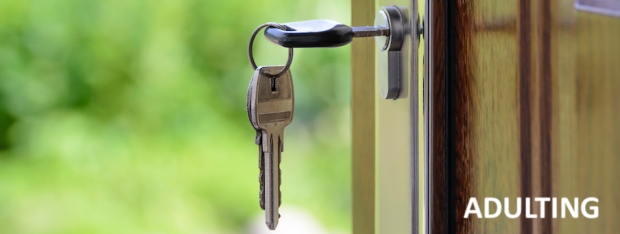
Industries in an economy do not stand alone. This was an idea long appreciated by the Singapore government and that was how they continually managed one of the most successful continuous investment attraction programme. Of course it was dynamic and evolved with times and development of technology. The Economic Development Board of Singapore was relentless, and they did a great deal of work mapping industries and value chains, understanding how they connected with each other, working out how they work, and collecting feedback non-stop from their consistent interaction with the industry.
With the energy transition, a lot of government wants to attract and drive more renewable energy investments in their countries. Southeast Asian governments look with interest as Vietnam ran one of the more “intense” feed-in-tariff programme that propelled them into the top solar power generation market in the region. Taiwan had a successful programme as well, and led some of the North Asia Pacific economies in driving development of their offshore wind sector.
Yet we are probably hitting diminishing marginal returns with such policies thinking that the market can do wonders. For one, solar panels are almost pure capital goods, the cashflow profiles are very predictable and easy to model – especially when you have a long term power purchasing agreement. Capital investors can understand such projects more easily and willing to put funds into projects directly. Newer technologies and the next frontiers of the energy transition won’t be so simple.
Battery storage systems and green hydrogen production will require more policy tweaks and efforts from the governments. Battery energy storage systems do not have very established business models around them. Users can use them for energy arbitrage – that is, to buy electricity from the market when prices are low and sell them when it’s high; or to provide ancillary services to the market such as various reserves or supporting frequency and voltage regulation. Or the users benefit from reliability guarantees coming from the batteries. Green hydrogen on the other hand, has so many different applications and potential offtaker but is difficult to transport and store.
These means that the new technologies require a lot more new infrastructure investments or definition of regulations and policies to stabilise their markets and be de-risked enough for investors to come into the community and start their businesses.









